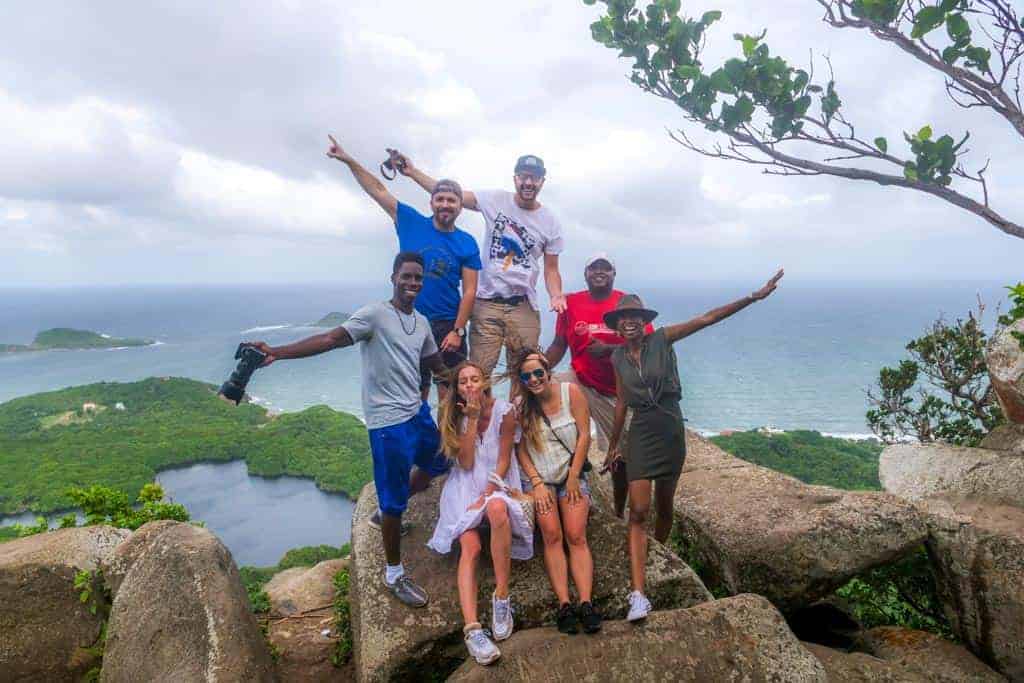There was a time when the perception of group travelers was that they were elderly, arrived in big buses to explore an area as inexpensively as possible, have a hearty, yet cheap lunch, and return home at the end of the day, or after one overnight in a local commercial hotel. These trips became the norm as the aging visitors began spending fewer and fewer nights away from home, and there was some truth to the description of their activities. These visitors are aging out of the travel market. Group travel has changed dramatically as well.
Even before Covid, groups had begun to get smaller, spend more, and stay longer, with the mix of visitors within groups also changing. It was accelerated during the pandemic when America’s elders did not want to get on buses with a large group of other people. Most of today’s groups explore more, are more likely to have a theme or a special reason for traveling together, want higher quality food and accommodations with the amenities that today’s visitors have come to expect. This situation has required lodging properties that relied on groups to fill gaps in their sales, to adjust to the new situation. On the other hand, it presents more opportunities for communities which could not accommodate huge buses filled with the brim with visitors who all want to be served at once but do have facilities to serve smaller traveling parties. Cohesive pre-assembled experiences that go well beyond just combinations of member locations will do well to attract today’s group visitors to small towns, small cities and rural communities that have not been on the radar screens of group visitors as places to visit.


